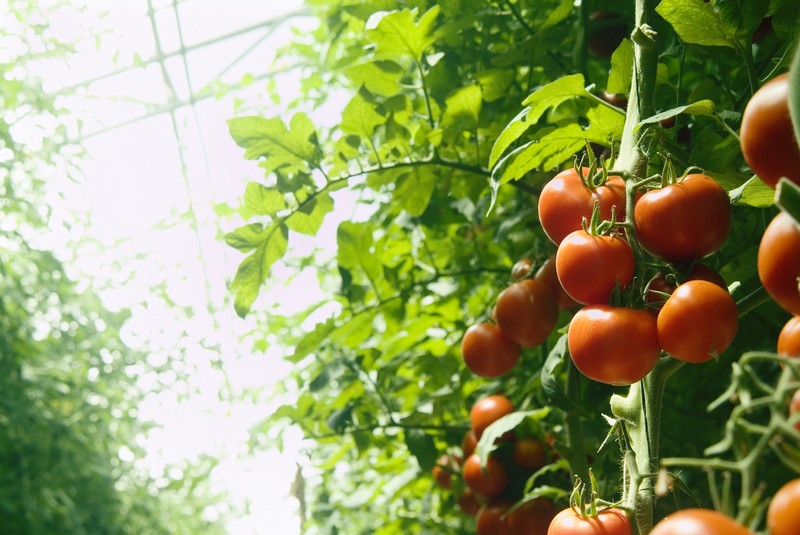Growing crops in the traditional way today is very often low in profits and high in work. How can you reverse that? Learn more about the six-figure farming method and how farmers are making it happen. Keep in mind that this could also be beneficial post-collapse, so pay attention!
It's a warmer-than-average December day in Selmer, Tennessee. A diverse group of farmers, from teen-aged to late fifties, are all waiting around patiently, mingling and sipping coffee. Everyone has a name tag with his or her home state on it, and the range is wide: Tennessee, Arkansas, Oklahoma, Mississippi, Georgia, Kentucky.
Ray Tyler, owner of Selmer’s Rosecreek Farms and coordinator of the event later says that as many as eighty farmers from more than a dozen states attended this sold-out demo—came there, an hour from anything, to hear Jean-Martin Fortier talk about what he calls “six-figure farming.”
Of course, making six figures farming isn’t generally impossible—with enough capital, enough land, in the right situation, theoretically anyone could do it. What makes Fortier somewhat unique is that on his 1.5 acre vegetable farm in Quebec, for the better part of a decade, he has claimed that amount per acre.
Contrasted with corn or soybean farmers, for example, who may average somewhere between $400 and $600 an acre—these numbers don’t just make farming look reasonable, but viable. They’re the sort of numbers that, no matter what kind of farmer you are, you drag yourself across state lines to see the guy who’s doing it.
Secrets of CSA Success
Fortier puts heavy emphasis on semi-permanent raised beds, small machinery, hand tools, and biointensive growing—that is, spacing vegetables tightly to fit more of them into a smaller area, often planting multiple crops a year in the same space.
And people are listening.
BCS walk-behind tractors, for instance—the only tractor-like machinery Fortier uses—have been “enjoying double digit growth in sales” every year since 2014, says BCS America general manager Larry Seymour.
There is no quick path to success, presses Fortier, only small steps. “We talk about these numbers just like we’re managers of stores,” he says. “To get to these numbers, it’s just a lot of work. It’s never easy with farming.” Keep at it and keep streamlining, Fortier suggests, “all the improvements are incremental.”
Fortier is focused on 12 to 15 crops that are “fast turning” crops. Fortier is testing the limitations of the microfarm to see, he says, “Okay, this works on less than two acres, can it work on ten? Can you have ten acres and do a million dollars?”
Ultimately, with urbanization gobbling up forty acres every hour of farmland yearly, and larger farms devouring much of the remainder, this question of scaleability may be relevant for reasons beyond finance. Farmland under ten acres may one day be some of the only land available—microfarms could quite literally be the small farms of the future.
While this method will ultimately require a ton of work to establish and stay on top of, it will also increase your profit ratio for the amount of work you put into it. The best part about this is that if you are merely looking to provide enough food for your family, rather than being a professional farmer, this method will help you do that as well, while also giving you excess crops for storage or sale. If you're looking to get on top of the homesteading game, micro farming may be the best way to do it.
For more on this excellent and hope-inspiring topic, check out the original article at Modern Farmer.
